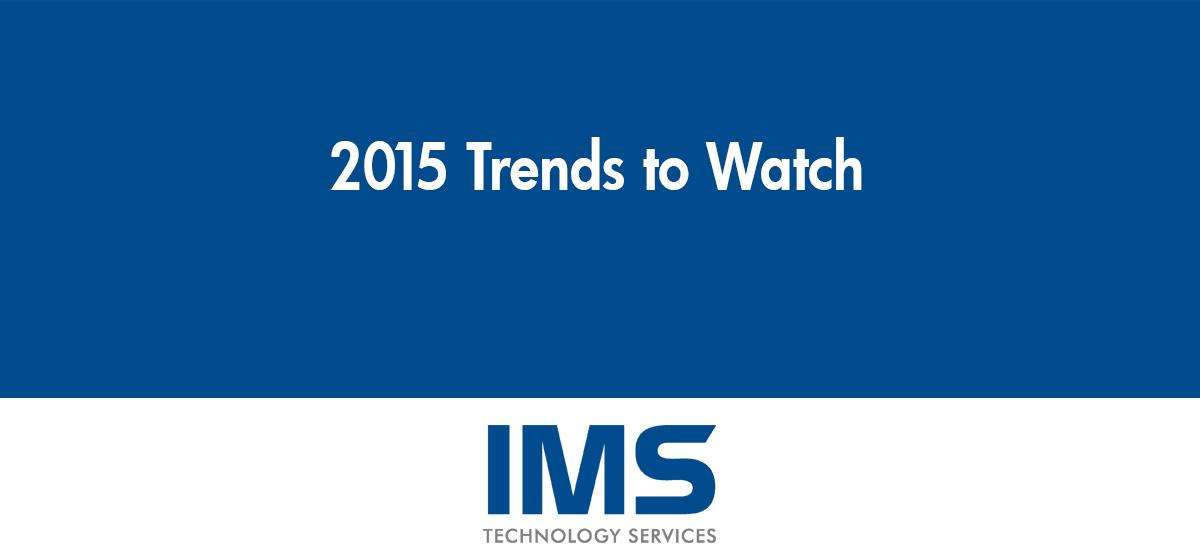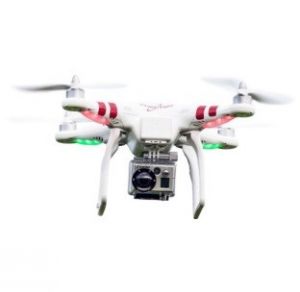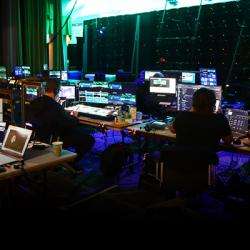Round-Up: 2015 Event Technology Trends

The end of 2014 and beginning of 2015 have brought us many predictions about the top trends to watch this year, and we have been particularly interested in the technology trends. Here are a few of the tech trends we are keeping an eye on.
Wearable Technology for Event Measurement
Social media is a powerful driver of both consumer and business purchasing behavior. Because of that, social media activity at events is a useful metric to demonstrate the value of a live event to sponsors, vendors, and hosts. Wearable technology such as wristbands and badges allow guests to instantly post to social media and save event. (From Bizbash.com)
Flexible Display Technologies
Significant investments are made into new types of display technologies, such as thin, bendable glass that has circuitry embedded in it. “In a live event scenario, if you have access to something that weighs far less than the LCD and LED TVs that are out there, and it can wrap around a pole and is pliable, that has huge implications for how people can be engaged through displays in ways that they are not today,” says Winslow Porter, creative technologist at MKG. (From Bizbash.com)
Aerial Video
 Aerial (drone) video will provide new perspective for event photography (if regulatory hurdles are passed). Convention video has been around for decades, but it has typically been limited to tripod-mounted and handheld cameras providing static shots. This is about to change. Remote controlled, multi-rotor helicopters (sometimes referred to as drones), fitted with professional HD video cameras with stabilizing mounts are providing an entirely new prospective for event and meetings-related video. (From Corbin Ball)
Aerial (drone) video will provide new perspective for event photography (if regulatory hurdles are passed). Convention video has been around for decades, but it has typically been limited to tripod-mounted and handheld cameras providing static shots. This is about to change. Remote controlled, multi-rotor helicopters (sometimes referred to as drones), fitted with professional HD video cameras with stabilizing mounts are providing an entirely new prospective for event and meetings-related video. (From Corbin Ball)
Attention Spans Will Continue to Decrease
Human knowledge is doubling every year and the rate is accelerating rapidly (IndustryTab, 2014). We are awash in information. The world’s body of information is at our fingertips and available 24/7 wherever we go. We are barraged with hundreds of marketing messages daily and receive hundreds of email/text messages as well. 100 hours of video are uploaded to YouTube every minute! As we desperately try to multi-task to keep up, many of us feel overwhelmed.
One of the results is decreasing attention spans that are changing how events are marketed, managed and experienced. Here are examples:
- Shorter presentation times are being scheduled (the15-minute TED talk style is becoming more prominent)
- More interactivity during sessions is required.
- More audience engagement tools are used.
- Images need to play a prominent role in articles, blogs, website postings, event promotional materials and computer presentations (a picture is worth a thousand words).
- Short video is the new language of the internet – more powerful than pictures and far more powerful than text. A good video can be worth a thousand pictures! Two video tips: A: Record in HD. B: Keep it SHORT! In many cases, promotional videos should be no longer than a minute!
Hybrid and Virtual Events
With the exception of Latin America and India, the number of hybrid events – where live and virtual elements are mixed to reach a wider audience and extend event legacy through online-hosted content –is expected to rise in 2015. Projection mapping and interactive videos will be popular in Singapore; organizations in Hong Kong, China and Taiwan are increasingly using virtual elements to save on costs; while meeting planners in North America will look to implement hybrid events as part of a wider, environmentally conscious strategy. (from Carlson Wagonlit)
Wi-Fi Blocking
"In the 21st Century, Wi-Fi represents an essential on-ramp to the Internet. Personal Wi-Fi networks, or “hot spots,” are an important way that consumers connect to the Internet. Willful or malicious interference with Wi-Fi hot spots is illegal. Wi-Fi blocking violates Section 333 of the Communications Act, as amended. The Enforcement Bureau has seen a disturbing trend in which hotels and other commercial establishments block wireless consumers from using their own personal Wi-Fi hot spots on the commercial establishment’s premises. As a result, the Bureau is protecting consumers by aggressively investigating and acting against such unlawful intentional interference." (Full FCC Notice issued on January 27, 2015)
Many event professionals have been following this story over the past several months, and the FCC has now made it clear that no facility may interfere with personal Wi-Fi connectivity.
Article submitted by Donna Baldino
Share This Article
Categories
Latest Posts

Philadelphia 2026: Is Your Venue Ready for the Spotlight?

Scalable AV Infrastructure for Life Science Enterprises

Extend Your Reach: The Power of Virtual and Hybrid Events

Why Every Detail Matters in Investor and Year-End Meetings

IMS Technology Services Welcomes John Beaulieu
Tags
Contact Us
- Headquarters: 3055 MCCANN FARM DRIVE, GARNET VALLEY, PA 19060
- Event Staging: 2000 COLUMBIA AVENUE, SUITE 300, LINWOOD, PA 19061
- Southeast Office: 404 SUNPORT LANE, SUITE 350, ORLANDO, FL 32809
- Phone: + 610-361-1870
- Contact Us
Services
Recent Posts

Philadelphia 2026: Is Your Venue Ready for the Spotlight?

